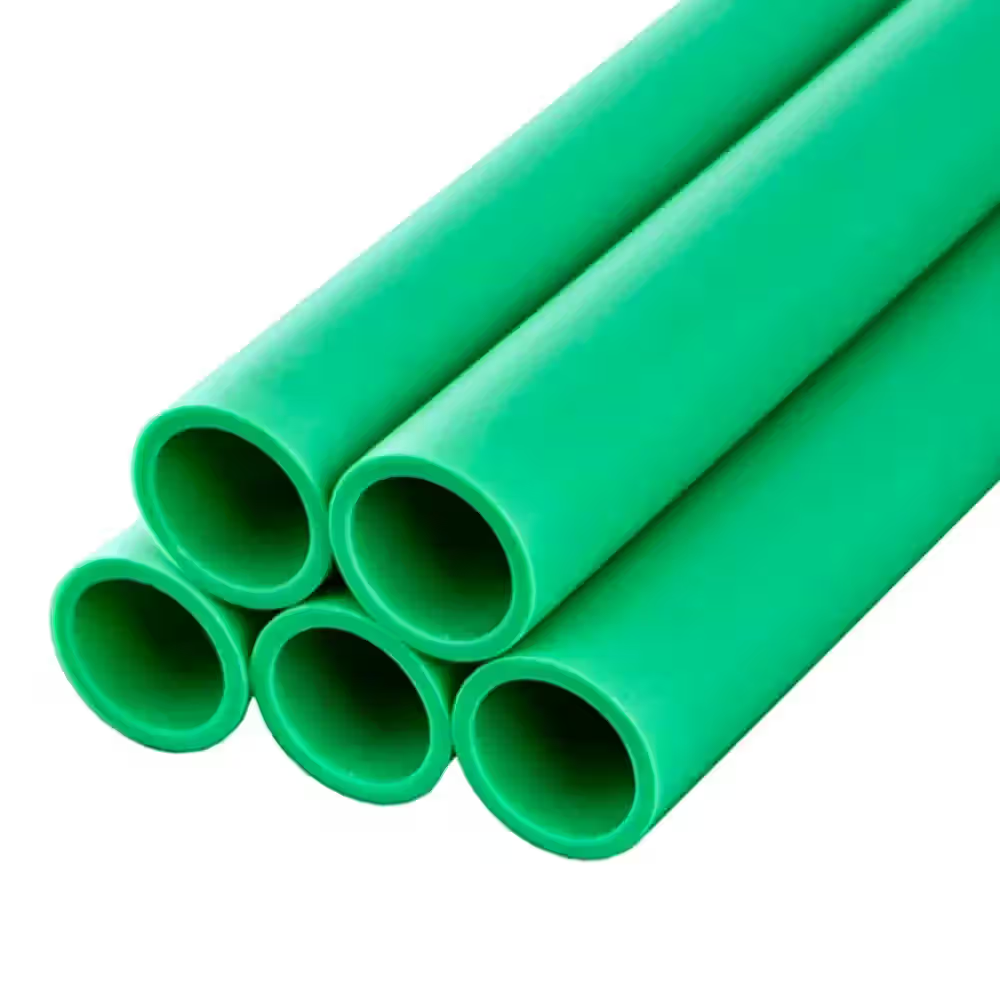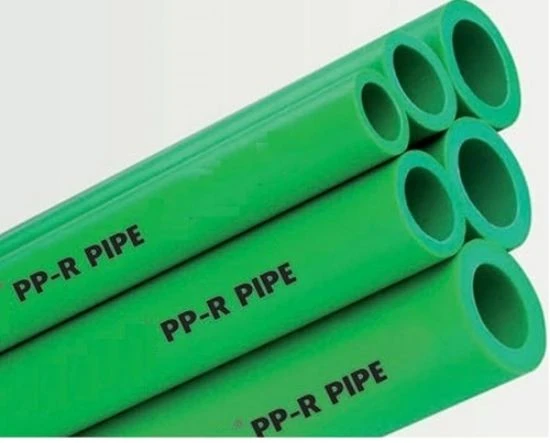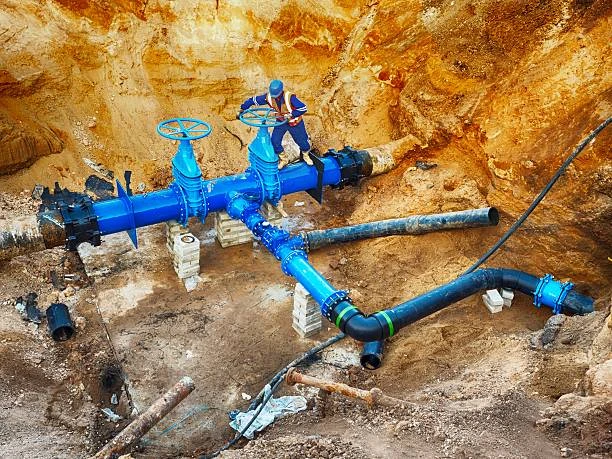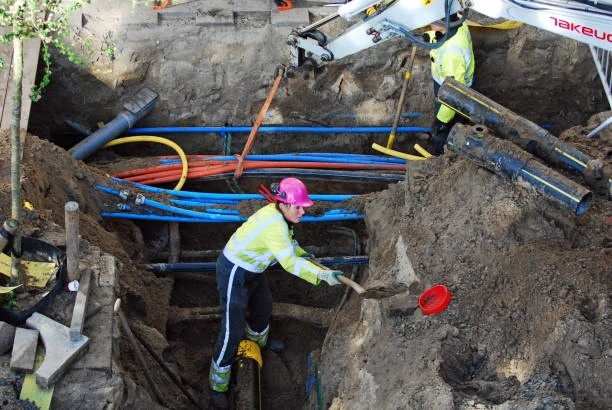Introduction
PPR pipes and fittings ISO 15874 are widely used in plumbing systems for their durability, high temperature resistance, and eco-friendliness. In addition to water supply systems, specialized air pipe fittings are also essential in industries that require compressed air distribution. Whether it’s for residential, commercial, or industrial purposes, PPR pipes and air pipe fittings provide a reliable solution for efficient fluid and air transportation.
PPR Pipes and Fittings
1. What Are PPR Pipes?
- Material: PPR pipes are made from polypropylene random copolymer, known for its excellent resistance to temperature, pressure, and chemicals.
- Application: PPR pipes are typically used for hot and cold water distribution, HVAC systems, and various industrial applications.
- Thermal Insulation: PPR pipes have low thermal conductivity, which makes them energy-efficient by minimizing heat loss in hot water systems.
- Corrosion Resistance: PPR pipes resist corrosion, scaling, and chemical reactions, ensuring a long-lasting system.
- Non-Toxic: PPR is a safe material for transporting potable water, as it doesn’t leach harmful chemicals or contaminants.
2. Types of PPR Fittings
- Elbows: Used to change the direction of pipe flow, available in 45° or 90° angles.
- Tees: Designed to branch off pipes into two or more directions.
- Couplers: Used to join two straight pipes of the same or different sizes.
- Valves: Control the flow of water through the system, allowing for isolation and maintenance.
- Reducers: Allow for transitioning between different pipe diameters.
- End Caps: Seal the ends of pipes to stop flow where necessary.
Advantages of PPR Pipes and Fittings:
- Durability: PPR pipes and fittings have a lifespan of over 50 years with minimal maintenance.
- Easy Installation: The pipes are lightweight and use fusion welding technology, ensuring leak-proof and strong joints.
- High Temperature Resistance: Suitable for both hot and cold water applications, handling temperatures up to 95°C.
- Eco-Friendly: PPR pipes are recyclable and have a low environmental impact during production and disposal.
Air Pipe Fittings
1. Purpose and Use
- These fittings are essential in ensuring efficient and safe air distribution for systems like compressors, pneumatic tools, and air distribution networks.
2. Types of Air Pipe Fittings
- Quick Connect Fittings: Allow for easy and fast connection of air pipes to tools, compressors, or other components. They are designed to maintain a tight seal to prevent air leakage.
- Elbows and Tees: Similar to PPR fittings, air pipe fittings like elbows and tees allow for directional changes and branching of compressed air pipes.
- Reducers: Used to connect pipes of different sizes, ensuring that air flows at the right pressure.
- Couplings: Join two lengths of pipe securely while preventing air leakage.
- Air Valves: Control the flow of compressed air and help regulate pressure throughout the system.
3. Benefits of Air Pipe Fittings
- Leak-Proof: Quality air pipe fittings ensure minimal leakage, which is crucial in maintaining air pressure and system efficiency.
- Corrosion-Resistant: The materials used in air pipe fittings, often aluminum or PPR, resist corrosion and rust, extending the lifespan of the system.
- Easy Installation: Air fittings, especially quick connect types, are designed for fast and hassle-free installation, reducing downtime in industrial operations.
- Flexibility: These fittings are compatible with a variety of pipe materials, including metal, plastic, and PPR, providing versatility in system design.

Applications
- Residential and Commercial Plumbing: PPR pipes and fittings are ideal for water supply systems, including hot and cold water distribution.
- HVAC Systems: PPR pipes efficiently transport hot water in heating systems and chilled water in air conditioning systems.
- Compressed Air Systems: Air pipe fittings are critical for industries that rely on pneumatic tools and machinery.
- Chemical Transport: PPR pipes’ resistance to chemicals makes them suitable for transporting fluids in industries like pharmaceuticals, food processing, and agriculture.
Conclusion
PPR pipes and fittings, along with air pipe fittings, offer versatile, durable, and cost-effective solutions for a range of applications. Whether used for water supply systems in homes and buildings or for compressed air distribution in industrial environments, these piping systems ensure efficiency, longevity, and environmental sustainability.


















